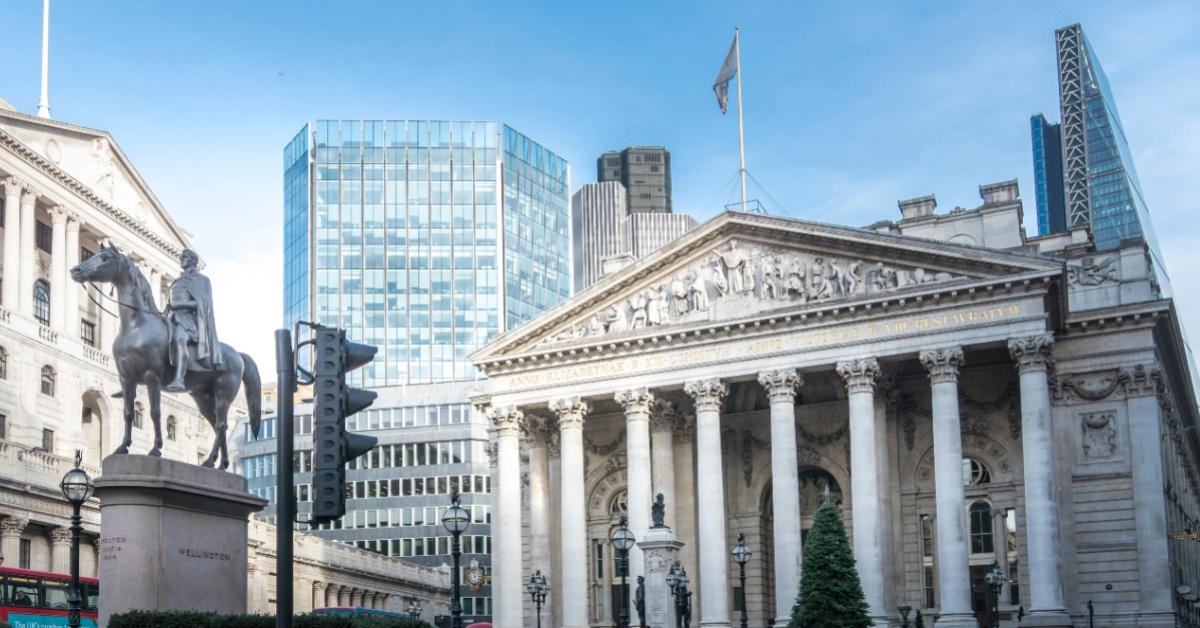
In March 2014 the world’s oldest central bank, the Bank of England (BoE), did every advocate of sound money a big but unintentional favor by publishing an official introduction to and an official detailed account of unsound money.
Given both the importance of and the lack of publicity regarding these two seminal papers over the past nine years, even here at mises.org, the focus in this piece will be on quoting some of the BoE’s “greatest hits.” (This approach was also taken by this author in 2020 when quoting from the Black Lives Matter website prior to its being scrubbed.)
Modern Money Introduction
The BoE sets the stage in the paper “Money in the Modern Economy: An Introduction” by defining money in terms of the following three important roles:
The first role of money is to be a store of value—something that is expected to retain its value in a reasonably predictable way over time. . . . Money’s second role is to be a unit of account—the thing that goods and services are priced in. . . . Third, money must be a medium of exchange—something that people hold because they plan to swap it for something else, rather than because they want the good itself.
This multidimensional definition (and other similar ones) is largely accepted by both free-market and government-centric economists alike. To its credit, the BoE expands upon the first role:
These functions are all closely linked to each other. For example, an asset is less useful as the medium of exchange if it will not be worth as much tomorrow—that is, if it is not a good store of value. Indeed, in several countries . . . the traditional currency has become a poor store of value due to very high rates of price inflation. . . . Gold or silver that was mined hundreds of years ago would still be valuable today.
Also to its credit (pun intended), the BoE accurately and honestly describes fiat money:
Since 1931, [BoE] money has been fiat money. Fiat or “paper” money is money that is not convertible to any other asset (such as gold or other commodities). . . . Because fiat money is accepted by everyone in the economy as the medium of exchange, although the [BoE] is in debt to the holder of its money, that debt can only be repaid in more fiat money.
But, to its discredit, the BoE inaccurately or dishonestly defends it as well:
But the Bank permanently abandoned offering gold in return for notes in 1931 so that Britain could better manage its economy during the Great Depression. . . . With fiat money, changes in the demand for money by the public can be matched by changes in the amount of money available to them. When the amount of money is linked to a commodity, such as gold, this places a limit on how much money there can be, since there is a limit to how much gold can be mined. And that limit is often not appropriate for the smooth functioning of the economy.
Modern Money Creation
In the second paper, “Money Creation in the Modern Economy,” the BoE right out of the gate happily busts the myth about bank savings and loans but then sadly obfuscates the mystery of central and fractional reserve banking:
The reality of how money is created today differs from the description found in some economics textbooks: Rather than banks receiving deposits when households save and then lending them out, bank lending creates deposits. In normal times, the central bank does not fix the amount of money in circulation, nor is central bank money “multiplied up” into more loans and deposits.
However, this does sound like “central bank money ‘multiplied up’ into more loans and deposits”:
When a bank makes a loan, for example to someone taking out a mortgage to buy a house, it does not typically do so by giving them thousands of pounds worth of banknotes. Instead, it credits their bank account with a bank deposit of the size of the mortgage. At that moment, new money is created. For this reason, some economists have referred to bank deposits as “fountain pen money,” created at the stroke of bankers’ pens when they approve loans.
And, this does sound like “the central bank does . . . fix the amount of money in circulation”:
The higher stock of deposits may mean that banks want, or are required, to hold more central bank money in order to meet withdrawals by the public or make payments to other banks. And reserves are, in normal times, supplied “on demand” by the [BoE] to commercial banks in exchange for other assets on their balance sheets.
The BoE importantly highlights, “Of the two types of broad money, bank deposits make up the vast majority—97% of the amount currently in circulation,” whilst noting that “broad money is a measure of the total amount of money held by households and companies in the economy.” Yet, despite the BoE’s begrudging admission to the modern statist symbiosis of central and commercial banks, the BoE largely dismisses this Nobel laureate’s reminder that an “inflationary money supply” is “inflation”: “Milton Friedman (1963) famously argued that ‘inflation is always and everywhere a monetary phenomenon.’ So changes in the money supply may contain valuable information about spending and inflationary pressure in the economy.”
Gold Standard Conclusion
The BoE’s introductory paper unwittingly provides a nice overview of how sound money used to work once upon a time:
When the [BoE] was founded in 1694, its first banknotes were convertible into gold. The process of issuing “notes” that were convertible into gold had started earlier than this, when goldsmith-bankers began storing gold coins for customers. The goldsmiths would give out receipts for the coins, and those receipts soon started to circulate as a kind of money. The [BoE] would exchange gold for its banknotes in a similar way—it stood ready to swap its notes back into gold on demand. Other than a few short periods, that was how currency worked for most of the next 250 years—the “gold standard.”
It is not uncommon for economists in academia, government, and media to suggest that fractional reserve banking is simultaneously an incredible conspiracy theory and yet a credible economic system.
The BoE has happily and officially debunked the conspiracy but sadly and predictably upheld the fractional reserve banking system. The latter is despite its own statistics, clearly demonstrating its failed ability to “better manage [its] economy during [or since] the Great Depression” that it helped create compared to the previous “250 years [of] the ‘gold standard’ [when the bank would simply] exchange gold for [its] banknotes.”




